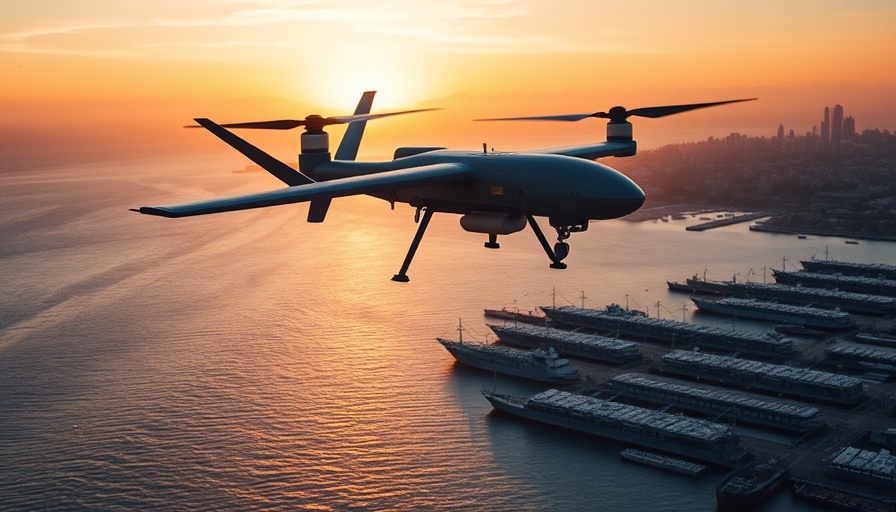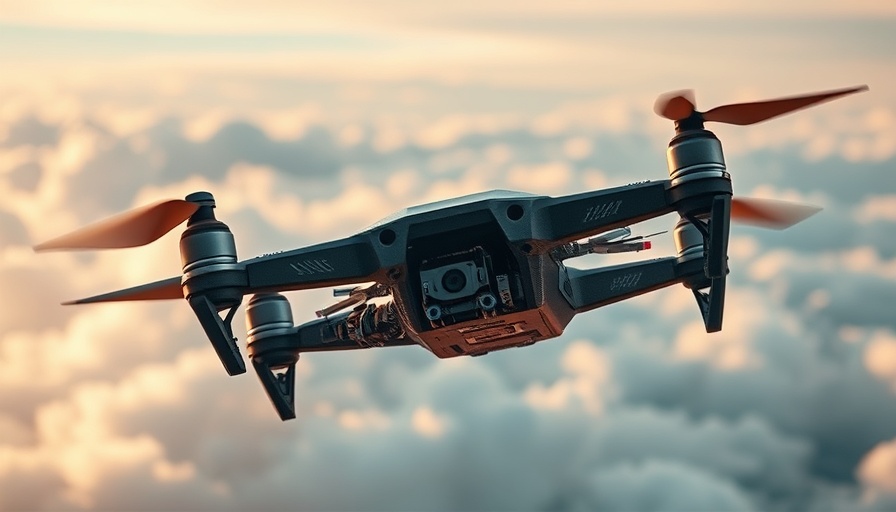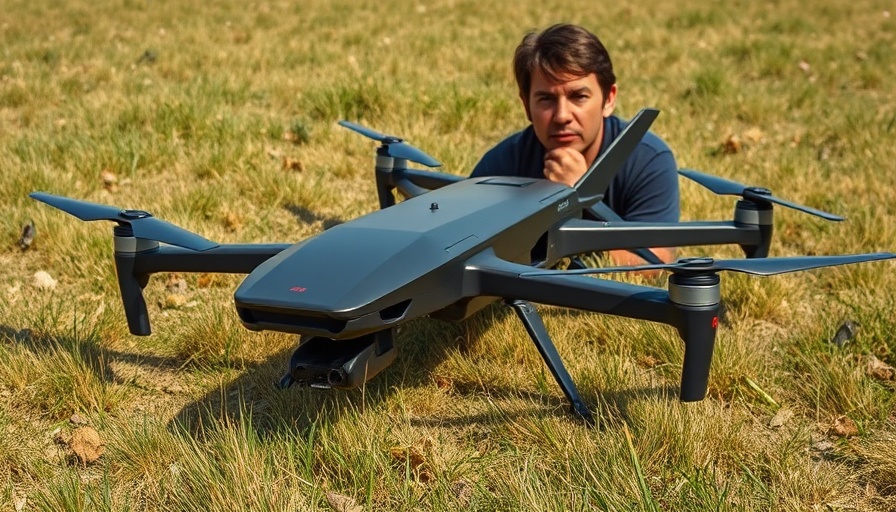
GE Aerospace Joins Forces with Kratos for Advanced Small Engines
In a significant step toward revolutionizing aerial combat technology, GE Aerospace's Defense & Systems division has partnered with Kratos Defense & Security Solutions to develop high-thrust turbofan propulsion systems. This collaboration aims to enhance the next generation of unmanned aerial vehicles (UAVs) with engines that pack a powerful punch in a compact form.
The Evolution of Engine Design
The latest engine development, capable of delivering a remarkable 1,500 pounds of thrust, is tailored for the Collaborative Combat Aircraft (CCA), which are designed to operate in tandem on the battlefield. GE Aerospace’s innovation hub, Edison Works, is now applying decades of jet propulsion expertise in an innovative manner, ensuring that these engines are not only powerful but also cost-effective.
Bridging Two Different Worlds
This partnership merges the strengths of GE Aerospace, known for its high-end performance in manned aircraft design, with Kratos, a pioneer in developing affordable small engines for UAV systems. Kratos’ agility and adaptability significantly complement GE's extensive experience in producing complex gas turbines. Mark Rettig, GE Aerospace’s Vice President, expressed that this collaboration has led to an optimized design process that effectively combines their methodologies.
Challenges and Opportunities in Engine Development
While GE Aerospace is renowned for crafting highly capable and durable aircraft engines, transitioning to a low-cost engine that needs only to withstand a few operational cycles presents unique challenges. Audience insights reveal that the team effectively navigates these challenges by reframing traditional design processes, leading to better performance and affordability in their final product.
The Future of Collaborative Combat Aircraft
With the increasing demand for efficient and effective military technology, the development of small, reusable engines is crucial. The initial work on the GEK800 engine, which offers 800 pounds of thrust, sets a strong foundation. As both partners progress, they continue to explore new avenues for technological advancements in military UAV applications, further emphasizing the need for speed and affordability in competitive defense markets.
The Military Landscape: The Growing Role of UAVs
As military strategies evolve, the importance of unmanned vehicles has surged. With Kratos’ history of agile production and GE’s engineering prowess, this union stands poised to redefine combat solutions, offering the U.S. Air Force advanced options for innovative combat scenarios. It’s a transition toward modern warfare where manned aircraft are supplemented or even replaced by efficient unmanned systems that deliver tactical advantages.
Conclusion: Innovations Ahead
For tech enthusiasts and industry professionals alike, staying informed about advancements like those made by GE Aerospace and Kratos is vital. The ongoing evolution of UAV technology not only impacts industries but can also redefine military capabilities and international defense strategies. Understanding these trends is critical for anyone looking to grasp the future of aerospace.
 Add Row
Add Row  Add
Add 




Write A Comment